As I was marveling at the bright colors of the watermelon, eggplant, and tomatoes against the typical Omani cream-colored backdrop of souq buildings – I felt that something was ‘off’ – but I couldn’t put my finger on it. I continued to walk around the Nizwa souq (market) with our guide Zahar but since I was taking pictures I was always lagging behind running to catch up. As I looked through the viewfinder and framed up a shot – it hit me. I pulled the camera from my face and looked around once again – there were no women in this market. Not one.
All of a sudden I became quite aware of my own femininity and that of our Exodus hiking group which included 8 women. I asked Zahar why there were only men at the market. Granted – I was well aware that I was in a Muslim country, but I still normally see women at the markets doing the shopping for produce and household goods. Zahar simply said that traditionally the men did the shopping and the women took care of the children. I asked him if the women or men cooked at home and he said that traditionally the women cooked meals. So this was a first for me – a souq full of men doing the shopping.
Granted all countries are different when it comes to the role of women – it’s one of the things I like to dig into when I get to a new country. In fact, Lisa Lubin just did an enlightening recent write-up on Bhutan and the matriarchal role of women. Some countries/cultures are more dictated by religion than others, but the more I talked to Omanis, it appeared that in Oman the lack of women at the market was a bit of both – religion and traditional culture.
For me, one of the challenges of travel is to accept the different cultures and traditions when they are pretty out of alignment with my own values and traditions. I’m not going to lie – I find it really hard at times to accept the role of women in Muslim countries, however – it’s part of travel. And I do love the Middle East – it’s one of my favorite areas to travel to as the people are so incredibly kind to visitors – but it has its challenges for me too.
Regardless – a day spent at the refurbished souqs in Nizwa and the surrounding fort is definitely worth it. There were produce stalls, butchers, pottery, date shops, gun shops (for hunting), hardware stores, tourist shops, jewelry, and tailors, and there was even a live goat and cattle market held every Friday. So – if you intend to go – go early on a Friday as I can only imagine how wonderful that would be (we missed it by a day – boo.)
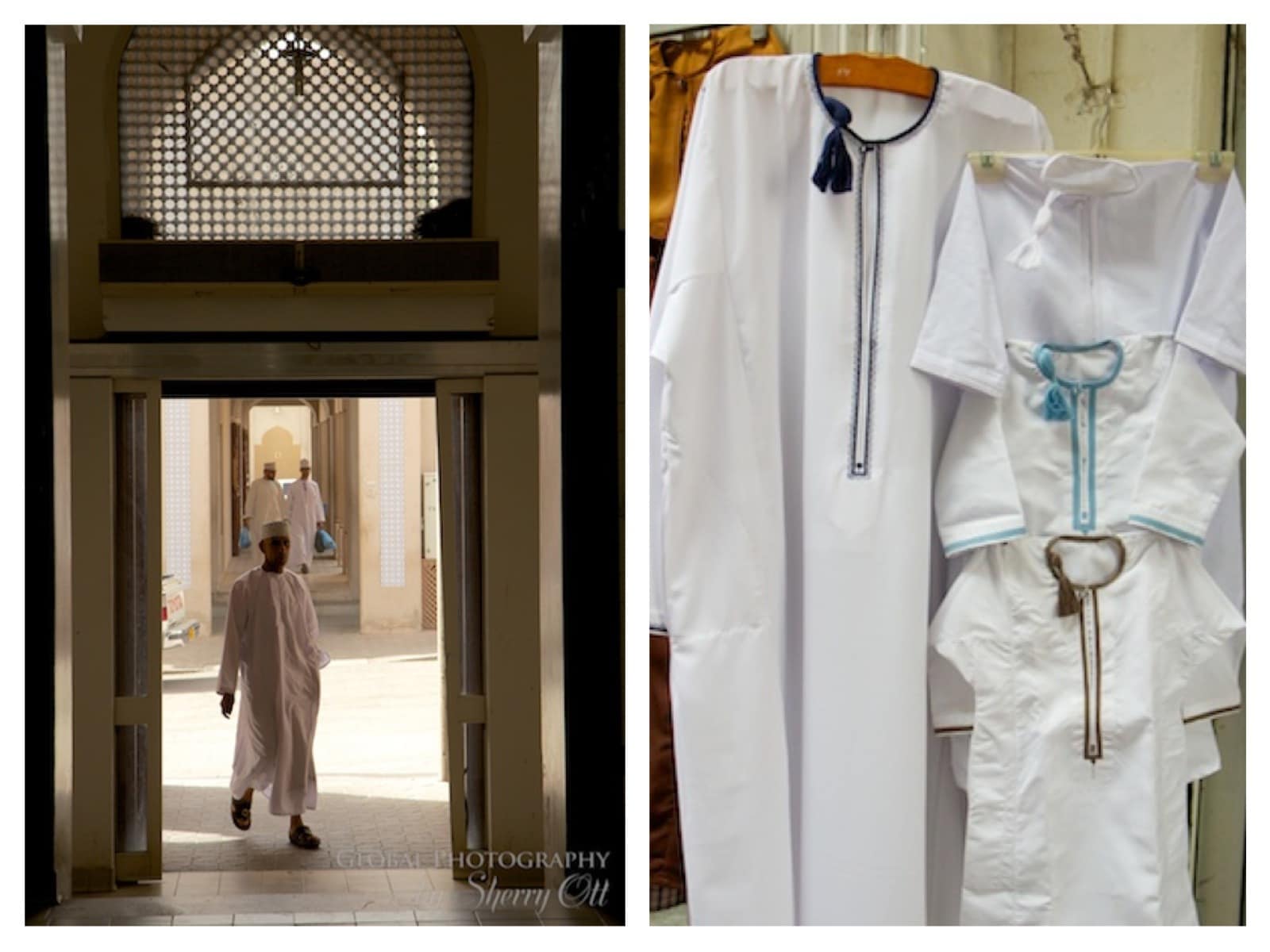
Discover the food of Lebanon
Don’t expect to see any women but tourists – and if you are a female tourist going to the souk – please, please, please be respectful and courteous and cover your shoulders, cleavage, and knees!
More Info:
Souqs in Oman
Nizwa Cattle Market on Friday mornings – get there early! According to others who have gone – this is not prettied up for tourist viewing: there are cows and goats groaning, the faint smell of manure, plenty of flies, and working men in their traditional white robes drenched in sweat.
Nizwa Fort – Nizwa Fort Opening hours: Saturday to Thursday, 9 am – 4 pm; Friday 8 am – 11 am
Disclosure: While in Oman I was a guest of Exodus Travels on their Oman Hiking Tour as a part of a Navigate Media Group initiative. However, all of the opinions expressed here are my own.

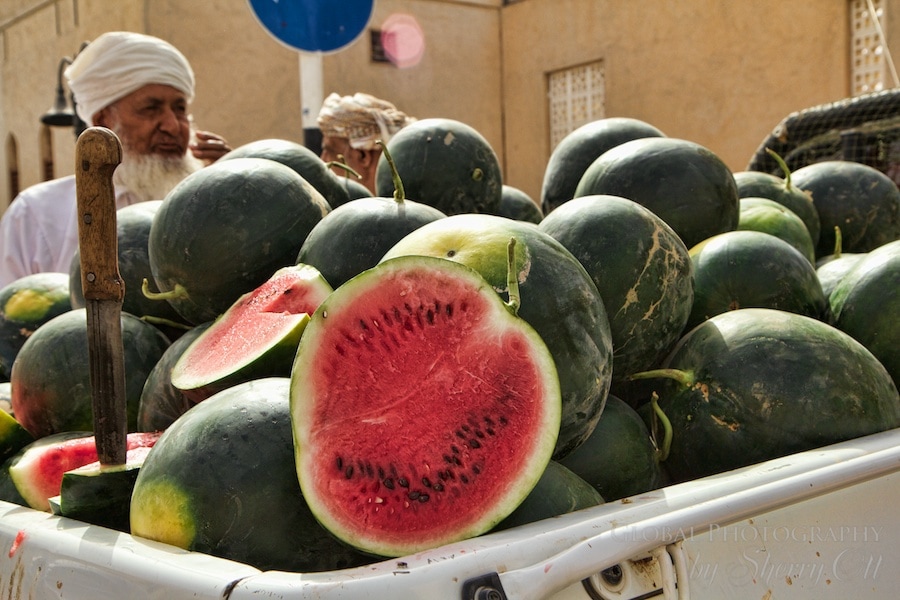
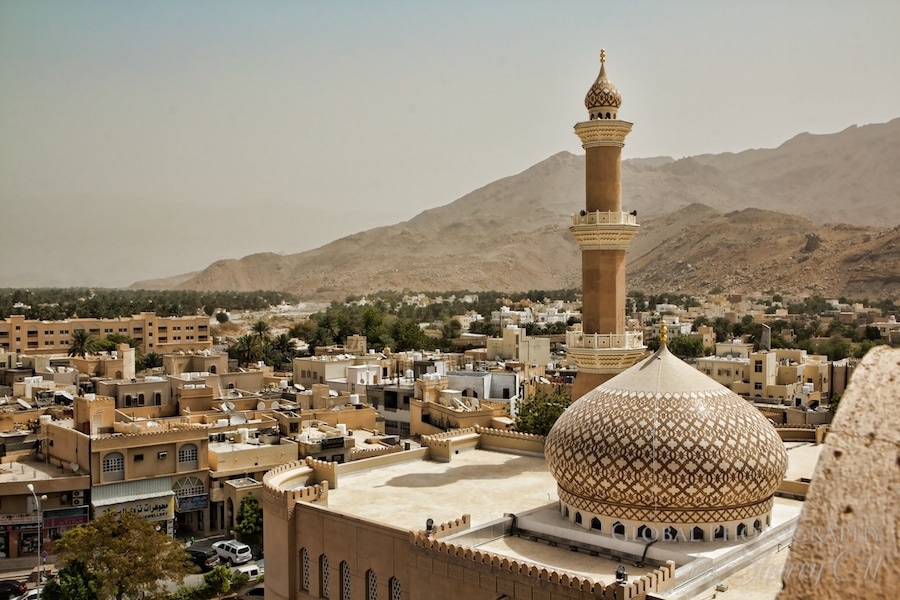
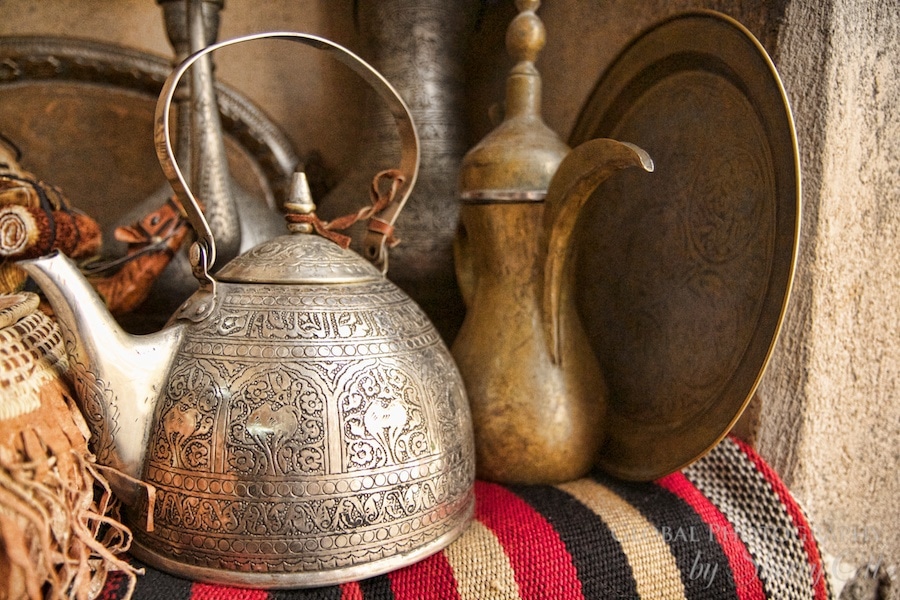
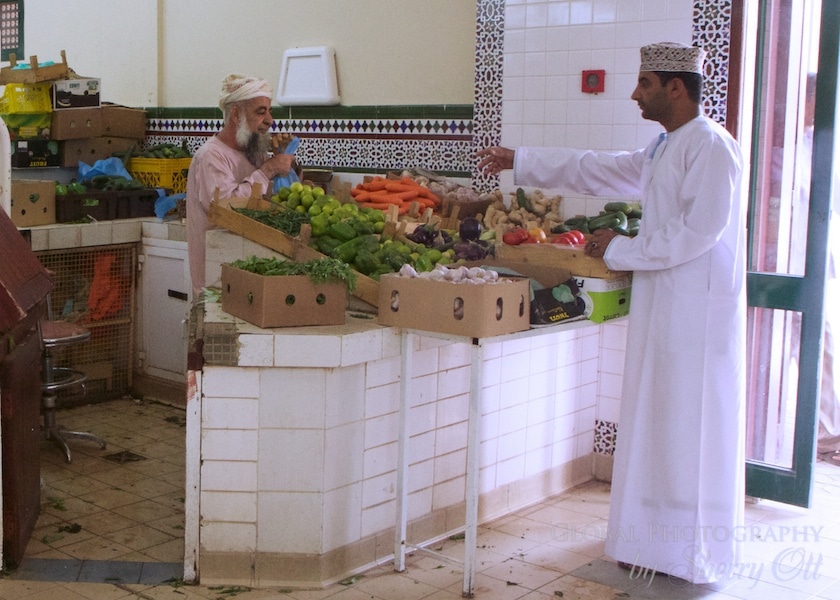
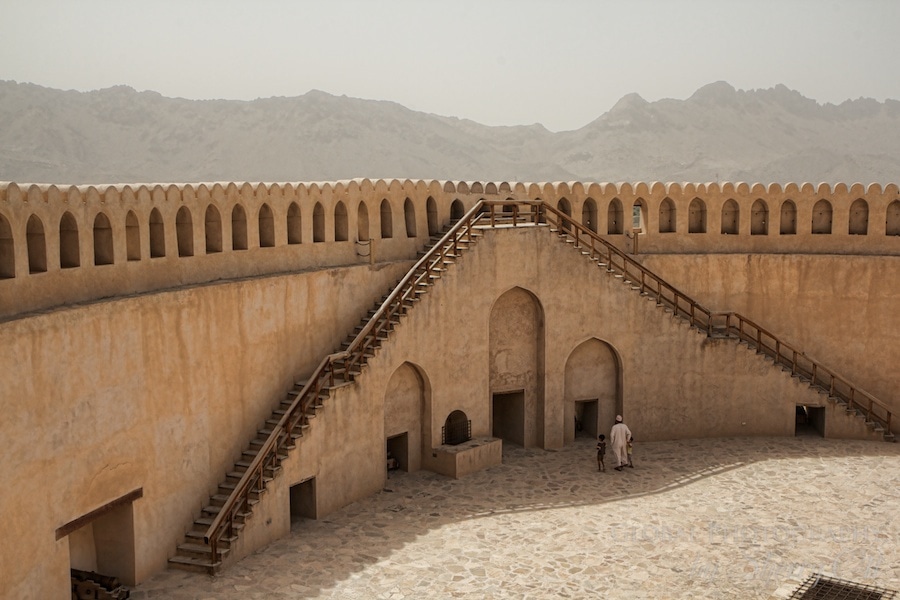
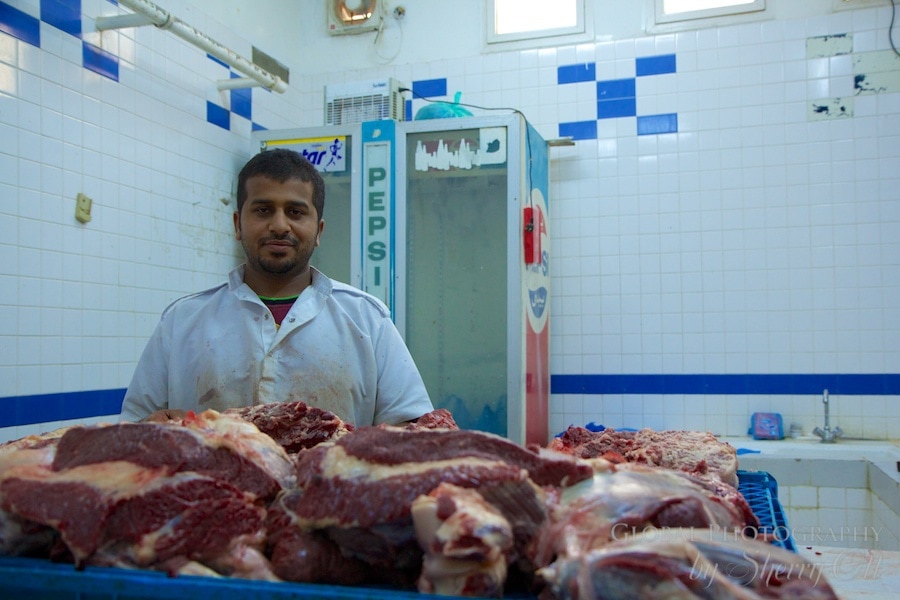
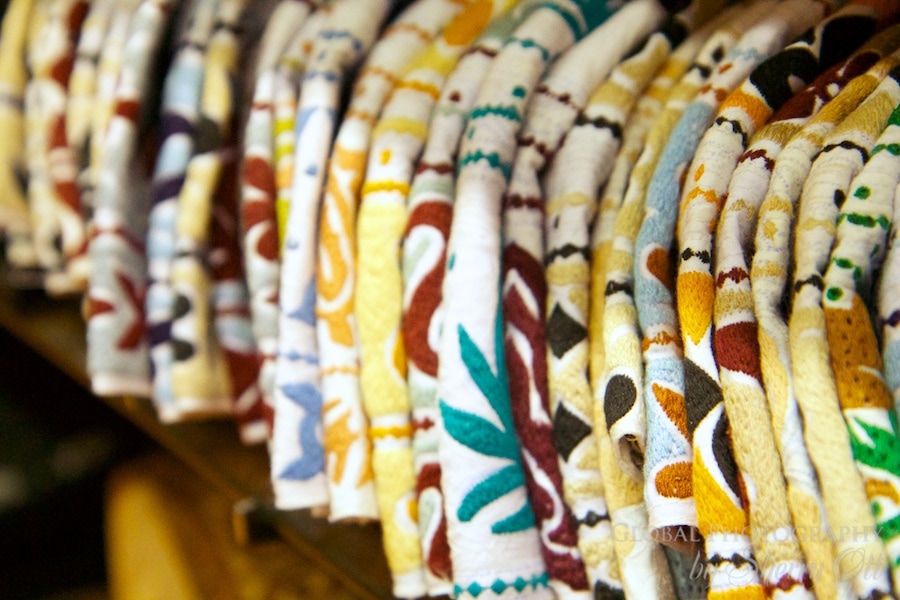
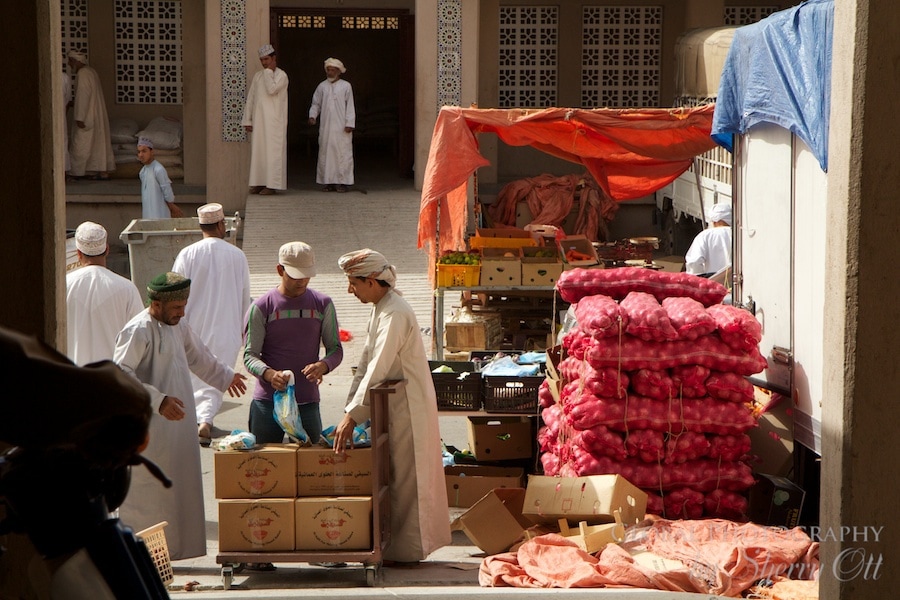
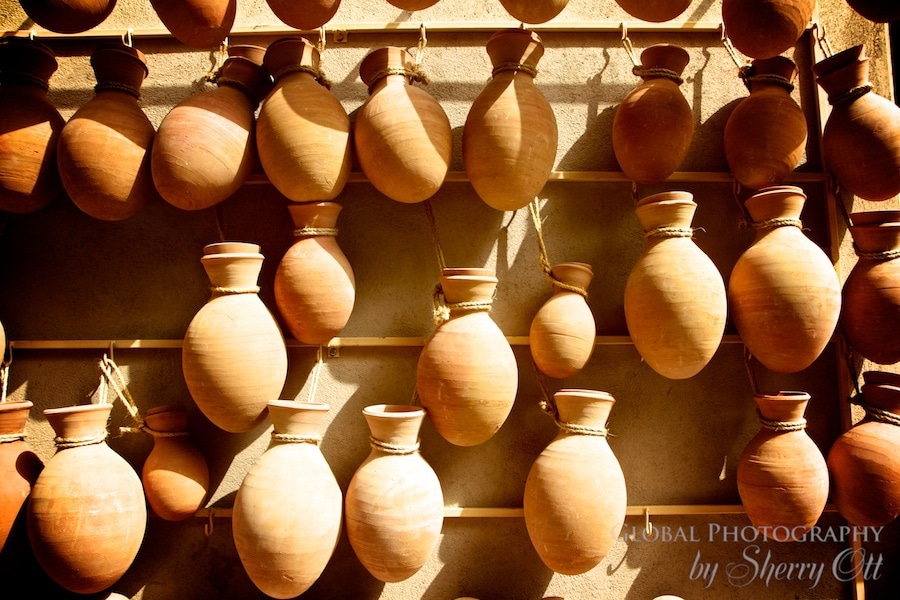
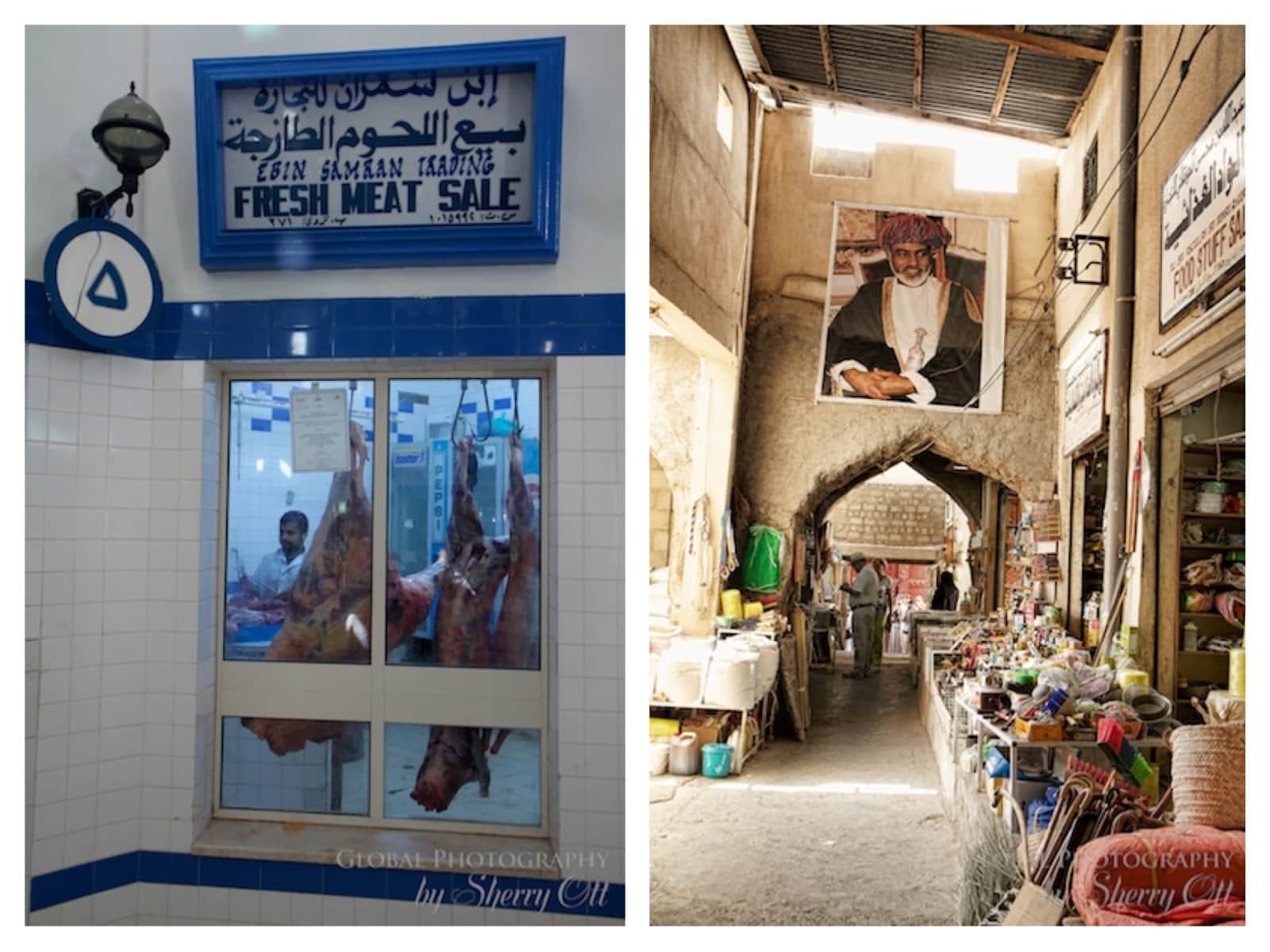
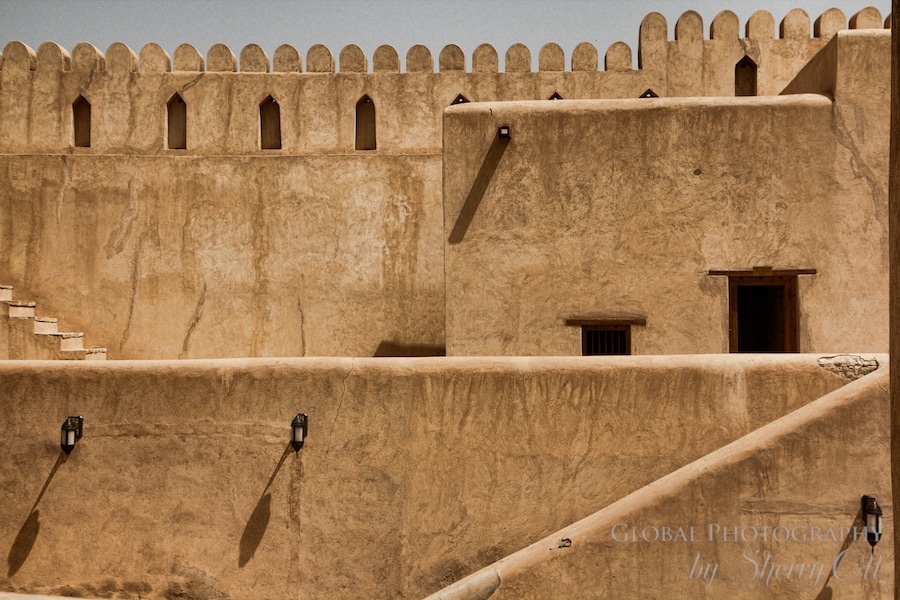
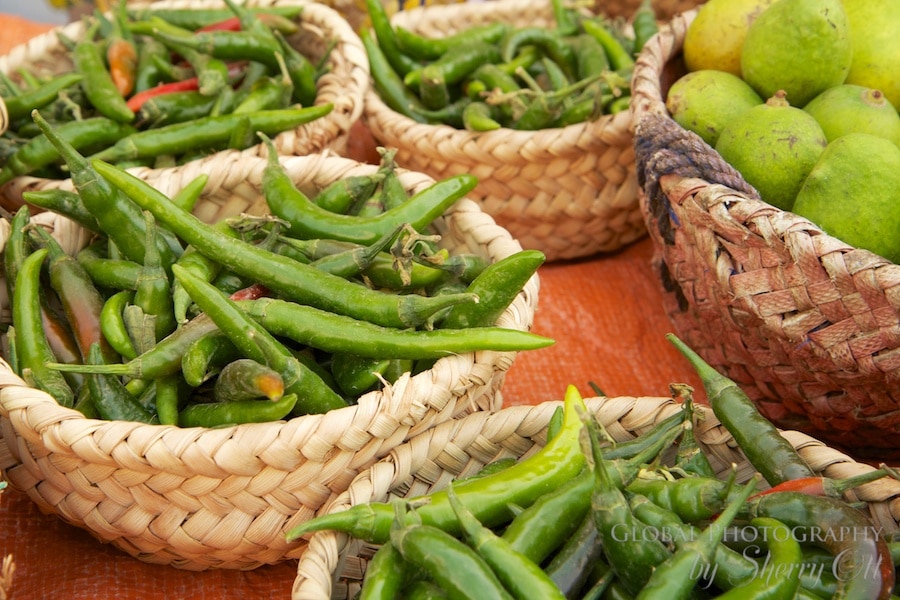
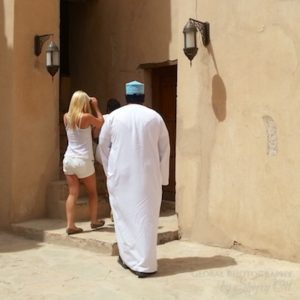
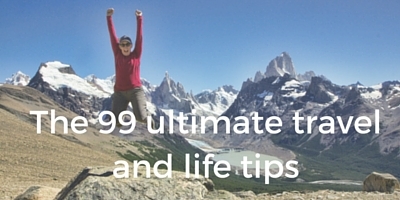
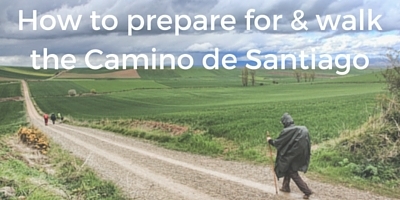
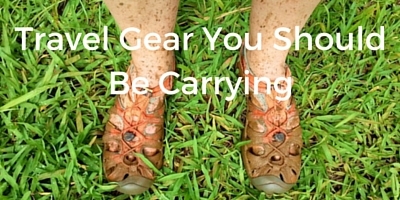
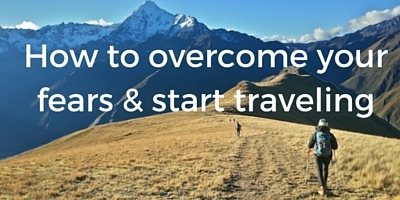

By Forest Parks May 24, 2013 - 10:05 am
Fascinating! I lived in Egypt for two years and miss certain aspects dearly.
Women in Middle Eastern culture are so repressed in many ways but strong in others and it’s certainly no cut and dry issue. My partner was in Egypt studying for a masters in Gender studies so we were knee deep in it all the time!
As for change and culture. Women’s role and hopefully push towards equality will change but it will be slow and of course certain cultural traditions will hang on and some will be lost.
I always like to look back at where I am from (UK) and remember how bad the gender balance is still there and how much work needs doing.
By Prasad Np May 24, 2013 - 10:54 am
I am very surprised at this, though I have never been to Oman. In India we have good population of Muslims and in some cities like Old Hyderabad we have markets that predominantly cater to Muslim population, but we always see a lot of women in markets. They may be wearing a Hizab but they are present in a good number and bargain with shopkeepers. I guess it is different for each country and is less dependent on the religion and more on the cultural factors besides just religion.
By Cat of Sunshine and Siestas May 24, 2013 - 12:45 pm
I couldn’t even read the text before commenting – these pictures are striking!
By Ayngelina May 24, 2013 - 3:54 pm
It drives me nuts when tourists don’t cover up in countries where they should. Travelers should be respectful of local customs.
Beautiful photos again Sherry.
By Lucille July 4, 2013 - 9:07 pm
I find it so rude when visitors do not follow local customs as far as dress is concerned.
I was in Italy one winter and had a teal colored rain coat. Oh how I wish that I had a black one or even grey or navy blue I stood out like a sore thumb ;o))) And when I was visiting cathedrals I covered up gesh what is wrong with some people? Should be required to take class in good manners for country you are seeking a visa to visit. Perhaps, that would help some ;o)
By Marysia @ My Travel Affairs May 24, 2013 - 5:06 pm
Oman is beautiful, there is actually one woman only souk, it is hold on Wednesdays in Ibra city, it is quiet spectacular! Oman is a country of souks, but indeed, mainly men.
By Sherry May 25, 2013 - 11:01 am
Now you just made me want to go back…desperately!!! That sounds really interesting – do you have any further info on it you can share?
By Angela May 24, 2013 - 11:32 pm
I’ve been to muslim countries but I haven’t seen anything like this. Women in western countries are always complaining on having to do all of the grocery shopping and here you have women who perhaps would love to go out and buy some watermelon or whatever. Cultural differences are part of what makes travel so interesting, it changes your perspective and makes you grateful.
Your pictures are great by the way.
By Sherry May 25, 2013 - 11:00 am
I hadn’t seen anything like it either! In Jordan there were always women out and certainly in Lebanon and Turkey.
By Nat May 25, 2013 - 2:25 am
That happened to me when I went to have a look at the Gumruk Hani in Urfa. The lack of women in the crowd actually made me feel quite uncomfortable.
By Elisabetta May 25, 2013 - 4:43 am
Great article and great pictures! I am a tour guide in Oman and I’m glad to read your advice to tourists not to walk around in shorts and top. Once I said to my guest “Sorry to ask you to cover your shoulders, but women here wear hijab and abaya, we should respect the local culture”. Her answer was: “It’s high time they get used to have western tourists and accept their own customs”. I was speachless.
By Sherry May 25, 2013 - 10:59 am
Wow – even I’m floored. Please tell me she wasn’t from America? Yet I have a horrible feeling she was…cringe.
By Majida May 25, 2013 - 2:19 pm
Beautiful pictures, esp. the ones with the old kettles!!
As to the traditions and the “it is a man’s world”: often it is a question how things are _interpreted_. In Pakistan, you will have women in all Bazars and in all coleur- you will have them in traditional Shalwars with or without covering their head, in Jeans and tunics etc. In Malaysia/Indonesia, /Singapore they have quite a matriarch society, and esp Indonesia and Malaysia have Muslim majority. In Pakistan (where many things do go wrong!!) women drive on their own, I have friends who do. However, every country and tradition has its challenges.
By Mark H May 25, 2013 - 6:42 pm
What an evocative sounding city.
By Megan Youngmee May 27, 2013 - 2:18 pm
Beautiful shots! I love your balanced approach to observing without judgement but staying true to your beliefs.
By Lauren@GreenGlobalTravel May 28, 2013 - 12:50 pm
How interesting! The men do the shopping for the women whom cook. This seems like a fair trade to me. Great photography skills. Thanks for sharing, and good luck in future travels.
By Alice May 28, 2013 - 12:52 pm
Beautiful photos! I have been living in Nizwa for 7 years and though it is not common to see Omani women in Souqs, it is possible to see them there with their husbands (especially on Fridays). Maybe it depends on the time and day of one’s visit. Oman is a beautiful country and women are allowed to work, drive cars and hold top government positions while keeping their values and traditions.
By Jenna June 3, 2013 - 11:13 am
Beautiful photos! I can imagine that being there with no other women around would be a strange feeling. And I’m shocked at the woman in the bottom photos…seems like a no-brainer to cover up when in such a place.
By Savi at Bruised Passports June 18, 2013 - 11:56 am
Loved the photos in this post. As for the patriarchal segregation of men and women, I faced the exact same thing in Morocco. You’re absolutely right- the people are so forthcoming and friendly, but it IS a man’s world out there. Sheesh!!
By Frank June 22, 2013 - 10:44 am
I think the men are getting the raw end of the deal – I’d hate to be doing the shopping! But it’s probably also good pretense to hang around with the guys, on the lookout for scantily-clad Western women.
Also saw this today and thought it might interest you: http://www.womentravelblog.com/index.php/2013/06/woman-travelling-dubai/
Love the photo of the old kettles!
Frank (bbqboy)
By Sherry June 22, 2013 - 11:36 am
Ha – I like your strategy!
By rob March 1, 2014 - 8:56 pm
Sherry:
I was in Nizwa last week as part of my Oman adventures – your photos are startlingly similar to mine.. 🙂
After reading your article I decided to look carefully on Friday morning when I got to the souk at 7am for the “animal souk”. While most of the women were indeed tourists, I did see a scattering of older (40+) Omani women, in Abayas and wearing the interesting facemask. Mostly these seemed to be the wives of farmers, helping with the animals, and absolutely not talking to anyone other than their husbands.
Oman’s an interesting place. It’s on my “must visit again” list….
By Beauty Has An Address – Oman June 21, 2014 - 5:45 am
[…] The Nizwa Fort- Photo Credit: ottsworld.com […]
By maryam November 1, 2014 - 12:05 pm
I born in oman I live in oman and I am not a omanI i am not going to tell that from which contry I and my parents belong.but trust me there is no strick Ness related to women’s . The woman’s of oman go for shopping by their own yes but in covered dresses like in abayas. I often saw them without abayas and in beautiful gowns. Trust me oman is a beautiful place to live…. Visit there and you sure be very entertain.
By Ania October 22, 2015 - 3:12 pm
I live in Oman. Its a great place. To orrow morning going to the nizwa souq.
I would say that here woman straight ke a good end of the muslim deal. They have freedom (they do!) but in certain aspects they hold on to tradition (man imagine shopping in that heat) girls study, in oman, overseas, travel. I am an engineer and so are about 10 other woman in my office – all omani, none married, all carrier focused in their beautiful abayas and faces covered in pretty make up. They say they are in no rush to start family.Here it is realy not that bad.
By Sherry October 22, 2015 - 4:26 pm
Thanks for the super update – I love hearing this. Yes – when I visited I felt like Oman was quite progressive. I just thought it was interesting that at the Nizwa market there were no women shopping! I’d love to not have to shop! Thanks for your input!
By Ali Alrawahi February 27, 2016 - 12:41 pm
Hello,
Welcome to Nizwa. Let me till that mostly the ladies going to shopping at the centers like Nizwa grandmall and Lulu.
Usually or mostly, Men going for shopping at frouits, fish, animals and crafts market.
By Sherry February 27, 2016 - 1:51 pm
Thanks for the further information!
By Sonny Avila May 21, 2017 - 10:27 pm
Not really so unusual even in the West. I was in Paris last year and stayed at an AIR BNB near the Montremart Sacre Coeur area. The halal meat stores were full of men buying meat no women.
Besides, absence of women in the Nizwa souq? I worked as a doctor at the Nizwa Central Hospital in the 80’s and the Souk always had Indian, Sri Lankan, and Filipino nurses, orderlies and doctors going to market. There were Egyptian, Tunisian and Morrocan teachers everywhere. So it is not entirely accurate to note the absence of women. Unless these working women were invisible to you. Real Bedouin women do not play by the rules and one usually sees a few of them at the Nizwa souq too.
By Elisabetta May 23, 2017 - 5:22 am
No, she wasn’t an American lady, she was Italian. Like me 🙁
By Elisabetta May 23, 2017 - 5:27 am
In reply to Ania: Women surely have freedom in Muscat, but not outside of the capital city. For example, women from the Dhofar region face a lot of problems concerning their freedom (education, marriage, work, etc). If you would like to know more, I suggest you to read a blog called Dhofar Gucci, written by a lady from Salalah who writes things as they are.